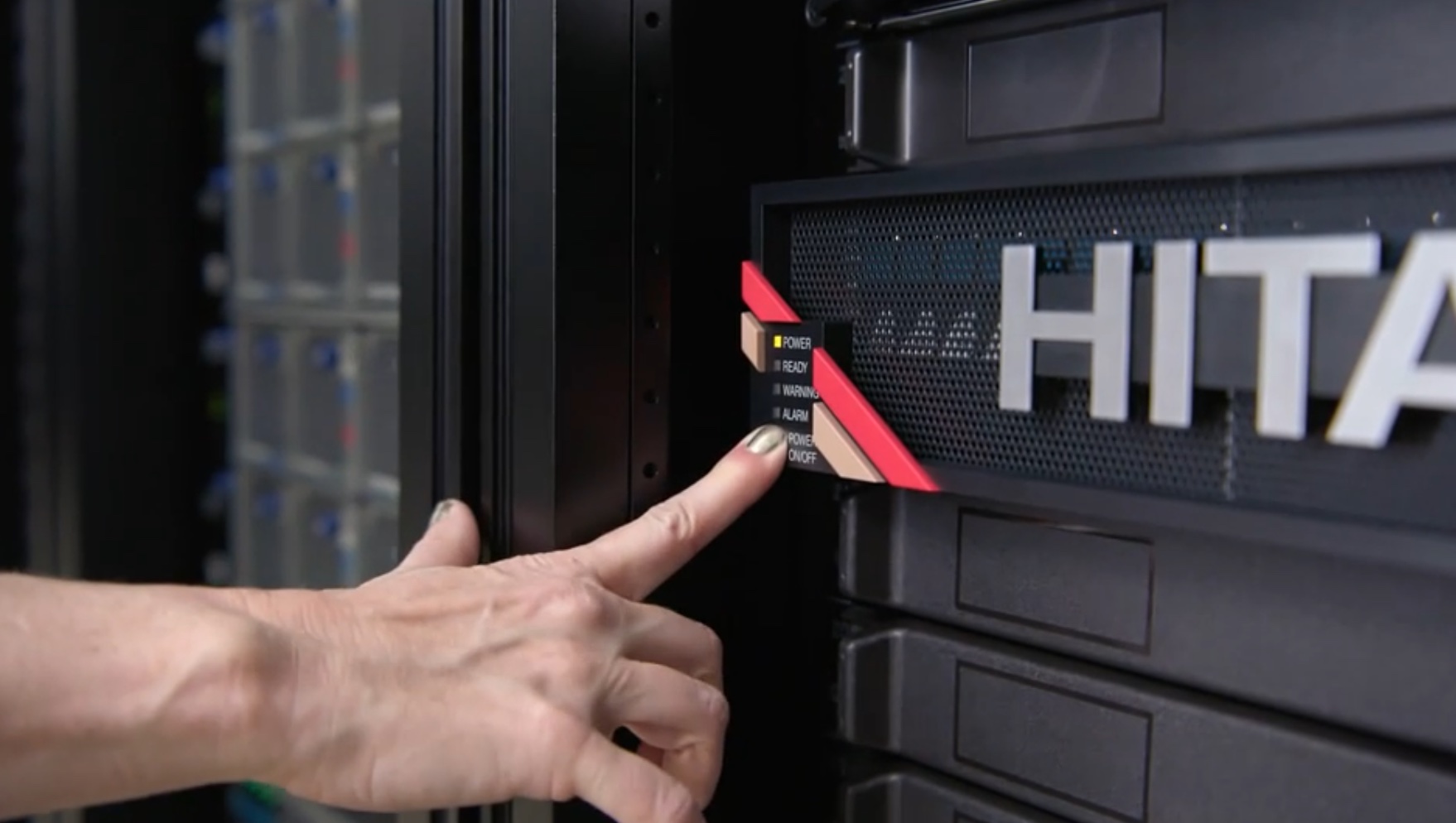Modern storage arrays still work more or less the same way they always have: a bunch of individual disks are combined together into a single pool, then individual volumes are presented out of that pool to one or more systems across a network. This means many of the same complexities exist. Fortunately, over many years, storage vendors have found best practices and ways to either remove or hide those complexities from the people doing day-to-day administration of the arrays.
This is no small feat but is of critical importance to many businesses these days. In the era of cloud and software as a service, organizations of all sizes are focusing on using products that eliminate their need to have to hire specialists in areas that aren’t core to their business. Does the average manufacturing company gain more business by hiring the best storage administrator? No, they don’t, so their focus should be on hiring generalists who should in turn focus on utilizing solutions that minimize the need for specialized knowledge.
Hitachi Vantara, for example, has put a strong emphasis on creating an array that can be both powerful and simple. By focusing on making the deployment and management of the modern storage array as easy as possible, they have created a solution that just about anyone can make operational. I learned more about their approach to simplification during a recent conversation with Hitachi Vantara.

Preparation to Ease Deployment
The deployment of storage arrays can be highly repetitive from one deployment to the next. There are, of course, differences from one deployment to the next, but almost all deployments tend to follow a very similar and predictable pattern. This is why having a deployment service to bring up a new array and begin the integration into the environment is usually money well spent, because those delivery engineers already know the most important steps and how to get through them efficiently.
Hitachi Vantara has focused on asking the right questions earlier in the process, so the array can be preconfigured before shipping to the customer, easing the overall deployment effort. The result is that the customer simply needs to rack and cable the array – a nearly impossible set of tasks to eliminate – then push the power button. From there, the pre-configured array can deploy itself without the need for deployment services or even deployment instructions.
Automation for Simplified Management
Another improvement that can be made to any highly repetitive process is to automate it. And since they involve highly repetitive processes, there is a lot of advantage to automating array deployment and management. Automating tasks within an array isn’t anything new. Most modern arrays no longer require manual creation of disk groups or RAID stripes, for example, even though some version of those tasks are still being completed.
By developing a robust set of application programming interfaces (APIs) – a critical feature for systems in the cloud era – Hitachi Vantara can take automation far beyond internal automation and script-based deployments. As demonstrated in the Unbreakable with Kari Byron series, these APIs can be utilized to make the creation of new storage volumes as easy as asking Siri. With one simple request and a few clarifying questions (like the number and size of the volumes), multiple volumes can be created and made ready for use.
Operations Beyond the Highly Repetitive
Of course, not every task on an array is cookie cutter. Nor is it always possible to ask Siri to create volumes – like when you get asked in the middle of a meeting. Therefore, having a management interface to the array that provides more robust functionality, but is still simple, is important.
Hitachi Vantara utilizes a management suite called Ops Center, that provides the ability to administrate, analyze, automate, and protect their arrays. Ops Center can be utilized in Basic or Advanced modes, depending on the administrators’ needs and abilities. Basic is designed to have all of the best practices already built in, both simplifying the management and ensuring operations are done in a consistent and proven method. Advanced mode is available when an administrator needs to do something more detailed or unique.
Utilizing the aforementioned APIs, Ops Center can be integrated into existing management frameworks to ease the daily operations of the storage array by reducing management panes. For example, Ops Center can be deployed directly into the VMware vSphere client via a plug-in, allowing administrators who spend most of their day managing virtual machines to have ready access to the storage management tools as well.
Conclusion
As more and more business-critical data and applications move to cloud operating models, there is still plenty of need to operate on-premises data centers. But these on-premises systems need to adopt simpler operating modes that require less specialized knowledge. Providing this level of simplicity in a storage array requires a strong understanding of how customers utilize their arrays and how they fit into the broader set of data center systems.
Utilizing this knowledge and the preparation, automation, and operational approaches discussed in this article, Hitachi Vantara is making the deployment and management of a new array as easy as possible. So easy, even a Mythbuster can do it – without breaking it.
Part Two of Unbreakable? with Kari Byron is now available on the Hitachi Vantara series page. You can read part one of this webinar article series here. Part three will publish on November 14th, 2023.


